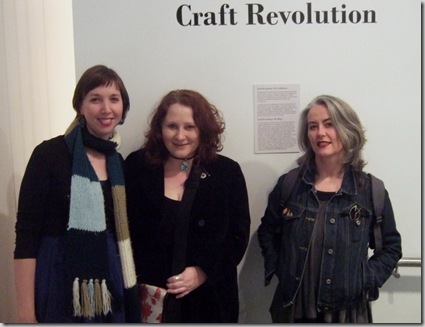Here’s an interesting story from the Melbourne jeweller Katherine Bowman, who seems to be expanding her practice in all directions. Earlier this year she had an exhibition of ’embroidered’ paintings based on the poems of Rilke. Now she is working with a group of older Turkish women based at Banksia Gardens Community Centre.
Embroidery is a familiar craft for these women, but Katherine has intervened by asking them to draw some original designs. The plan is to exhibit these newer designs along with the more familiar floral motifs, drawn from the objects like towels, shawls and doilies that are part of the everyday domestic fabric.
The final exhibition The Wisdom of Worldly Women will be held in October. To frame the works, Katherine is using a quote from the Vietnamese filmmaker, Trinh T. Minh-ha, used as a caption to an image of a woman spinning wool: ‘"May my story be beautiful and unwind like a long thread…," she recites as she begins her story. A story that stays inexhaustible within its own limits.’
Katherine’s project demonstrates the expanding field of individual craft practice nowadays, as well as the potential for innovation within traditional collective crafts. The individual artist becomes more collective, while the collective expresses greater individuality. We’ll see the results of this experiment in October.






